University of Tokyo scientists observe predicted quantum biochemical effects on cells.


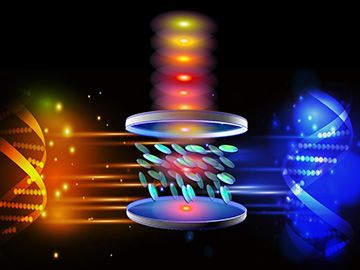
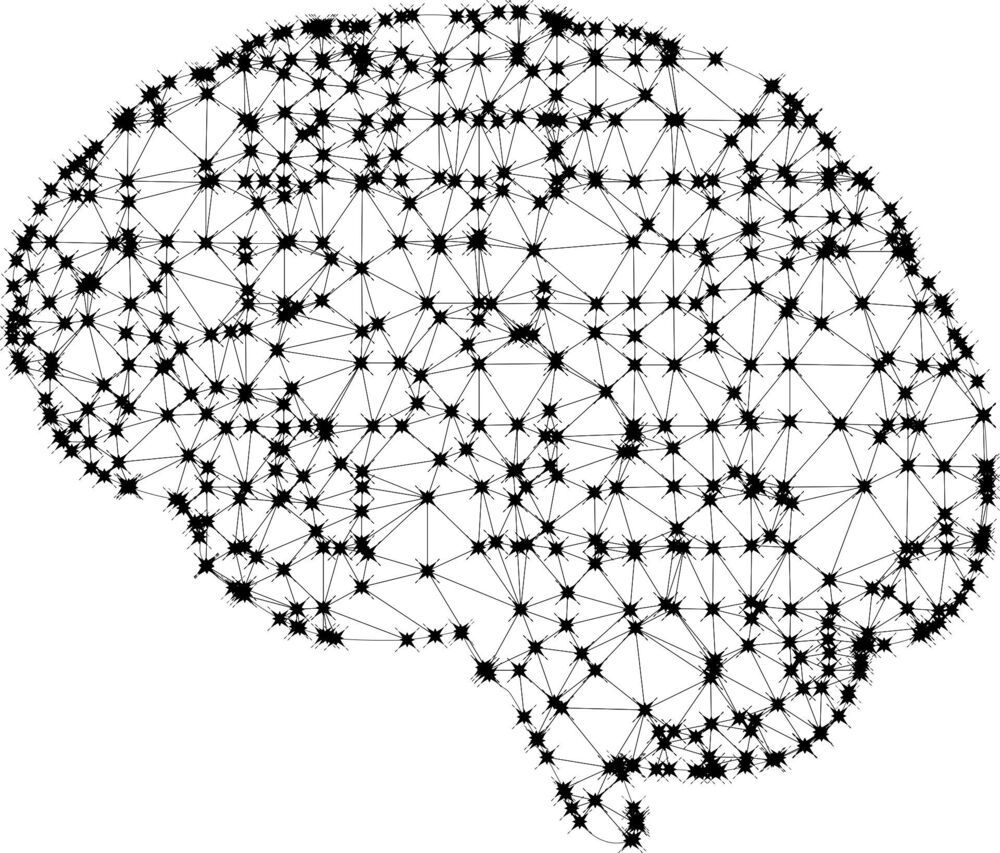
Artificial intelligence and machine learning are already an integral part of our everyday lives online. For example, search engines such as Google use intelligent ranking algorithms, and video streaming services such as Netflix use machine learning to personalize movie recommendations.
As the demands for AI online continue to grow, so does the need to speed up AI performance and find ways to reduce its energy consumption.
Now a University of Washington-led team has come up with a system that could help: an optical computing core prototype that uses phase-change material. This system is fast, energy efficient and capable of accelerating the neural networks used in AI and machine learning. The technology is also scalable and directly applicable to cloud computing.

Virgin Orbit, a sister company of Richard Branson’s space tourism effort, is set to try to send its rocket into orbit for the first time ever on January 17th after failing to do so last year. It will also attempt to send satellites into space for the first time. The four-hour launch window opens at 1PM ET.
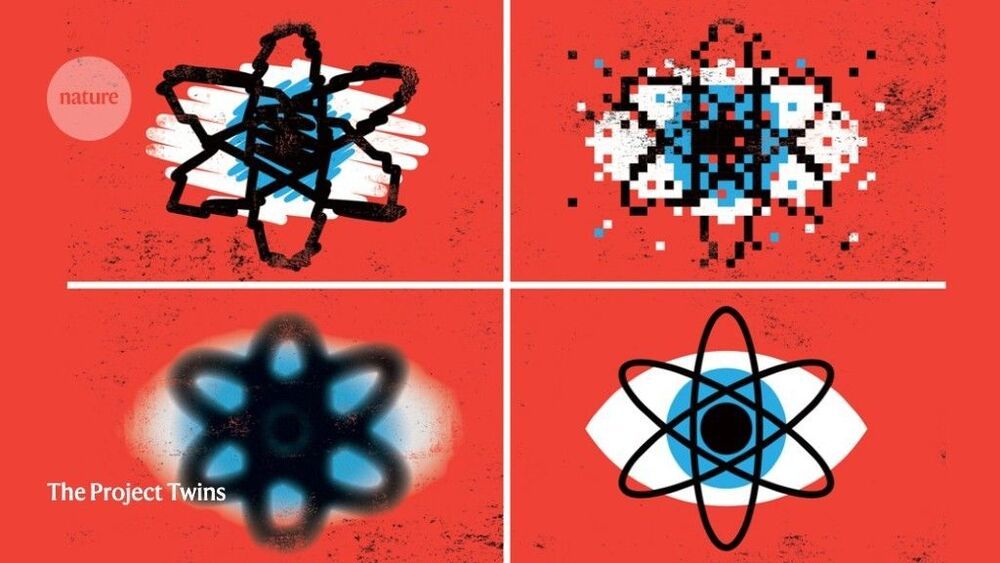
The vacuum of space is no place for a human without a suit, but would it kill you immediately?
#season5 #expanse #spaced
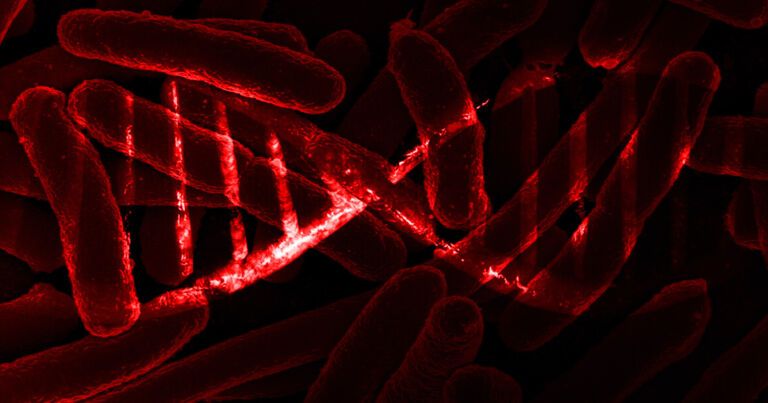
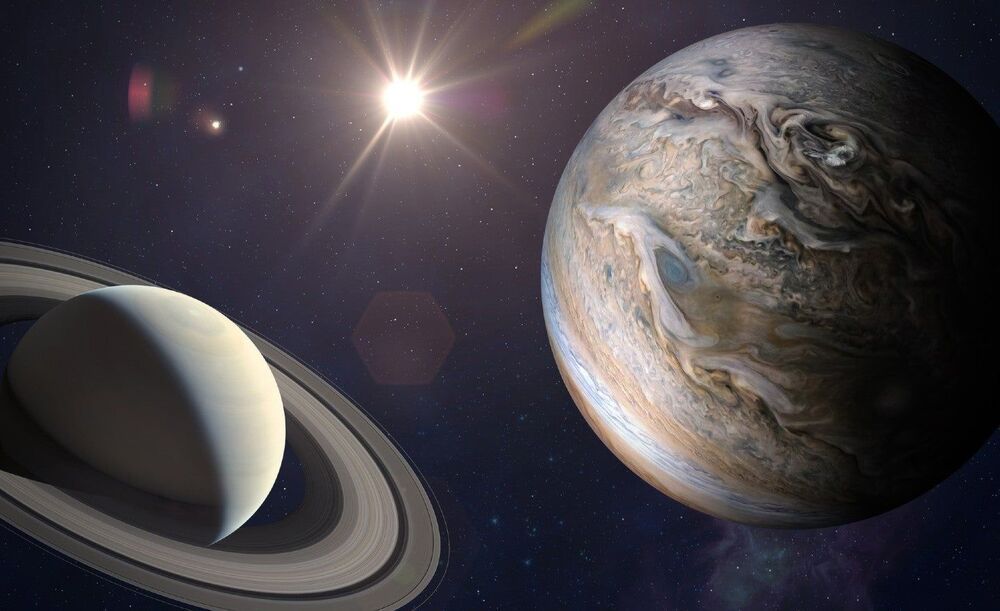

Eighteen bulbs were stuffed into the center of the wheel, brightly illuminating the 1950s with brilliant hues for the pure purpose of flair.